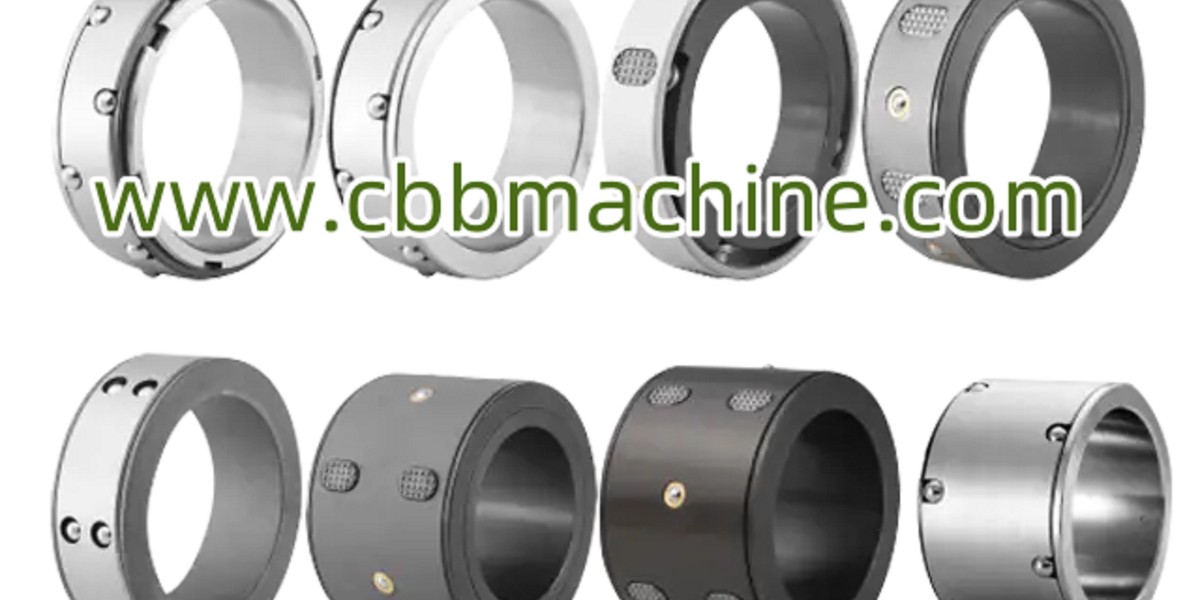Precision and Control with the Differential Air Shaft in Web Processing
The Differential Air Shaft plays a crucial role in web handling systems across industries such as printing, packaging, coating, and film manufacturing. By offering precise tension control and reliable performance, it helps manufacturers achieve consistent product quality and efficient material usage, especially in multi-roll or multi-reel applications.
Unlike standard air shafts, which distribute torque equally to all cores, the differential air shaft allows each core to rotate independently. This is achieved using internal friction elements that slip at controlled rates. As a result, even when roll diameters or material thicknesses vary slightly, the differential air shaft maintains smooth and synchronized unwinding or rewinding.
In many production environments, slight variations in tension or roll speed can cause misalignment, wrinkles, or damaged materials. The differential air shaft is specifically engineered to address these challenges. It provides the ability to fine-tune torque distribution across each roll, resulting in a more uniform and damage-free output.
The shaft operates through a pneumatic system that expands internal bladders when air pressure is applied. These bladders push friction elements—often balls, rollers, or bands—against the shaft’s core holders. By controlling the pressure level, operators can adjust the amount of slip between each roll, ensuring consistent tension throughout the production line.
One of the key advantages of the differential air shaft is its contribution to waste reduction. When materials are wound unevenly or suffer from tension fluctuations, they often become unsuitable for further use or customer delivery. By maintaining a steady balance between speed and tension, the shaft ensures that less material is wasted during production, contributing to cost-efficiency and sustainability.
In high-speed and automated production lines, time is a critical factor. Traditional shaft systems may require operators to stop machines for tension adjustments, especially when using multiple cores with different behaviors. However, with a differential air shaft in place, the machinery can self-compensate for minor differences, allowing uninterrupted operations and reduced downtime.
Another reason many manufacturers prefer using a differential air shaft is its compatibility with various core sizes and materials, including paper, plastic, or aluminum cores. The shaft can also be adapted to support multiple friction types depending on the specific material being processed, making it a flexible solution for changing production needs.
Durability is also a notable aspect of differential air shafts. Most are designed with hardened steel components and anti-corrosion coatings, which make them capable of withstanding the demands of long production cycles. Regular maintenance is minimal, and parts such as friction rings or bands can be replaced easily when needed.
The growing demand for automation and precision in manufacturing lines is increasing the importance of equipment like the differential air shaft. Whether used in slitting machines, laminating systems, or roll-to-roll printing units, the ability to control tension independently for each roll is becoming essential for quality control and operational efficiency.
In conclusion, the Differential Air Shaft offers a practical and efficient solution for maintaining consistent tension in multi-roll applications. Its design improves product quality, reduces material waste, and increases productivity—all important goals for modern manufacturers. As web processing requirements become more demanding, adopting equipment that supports controlled and reliable operation becomes a smart step forward.


